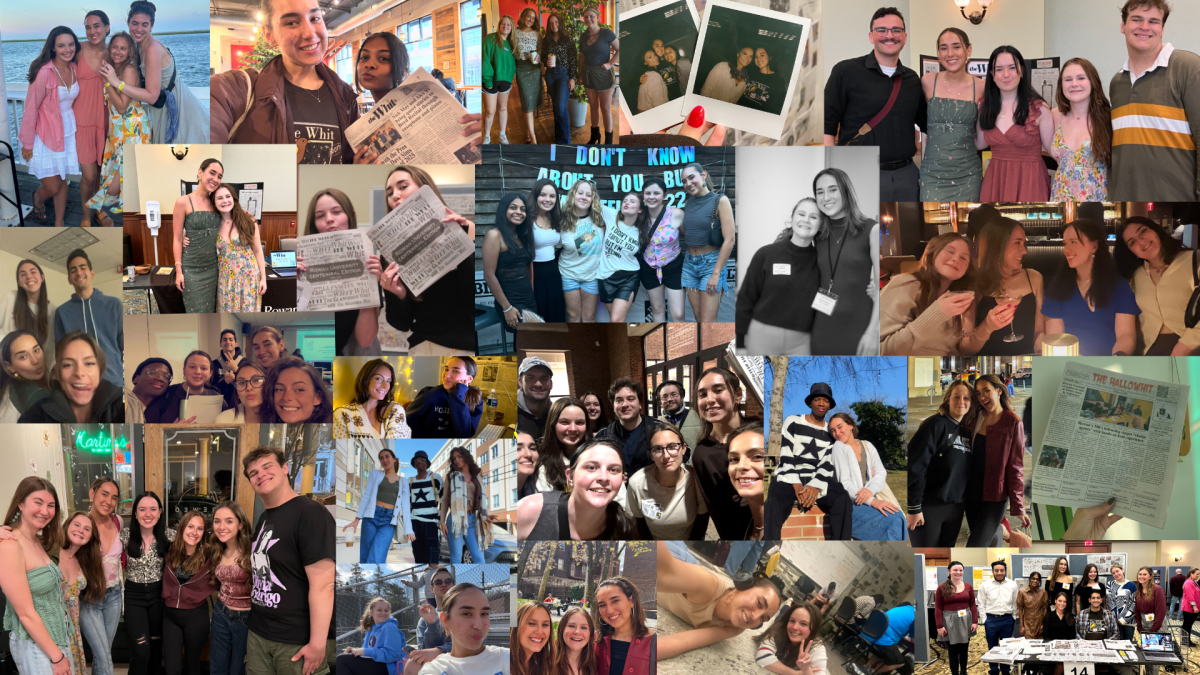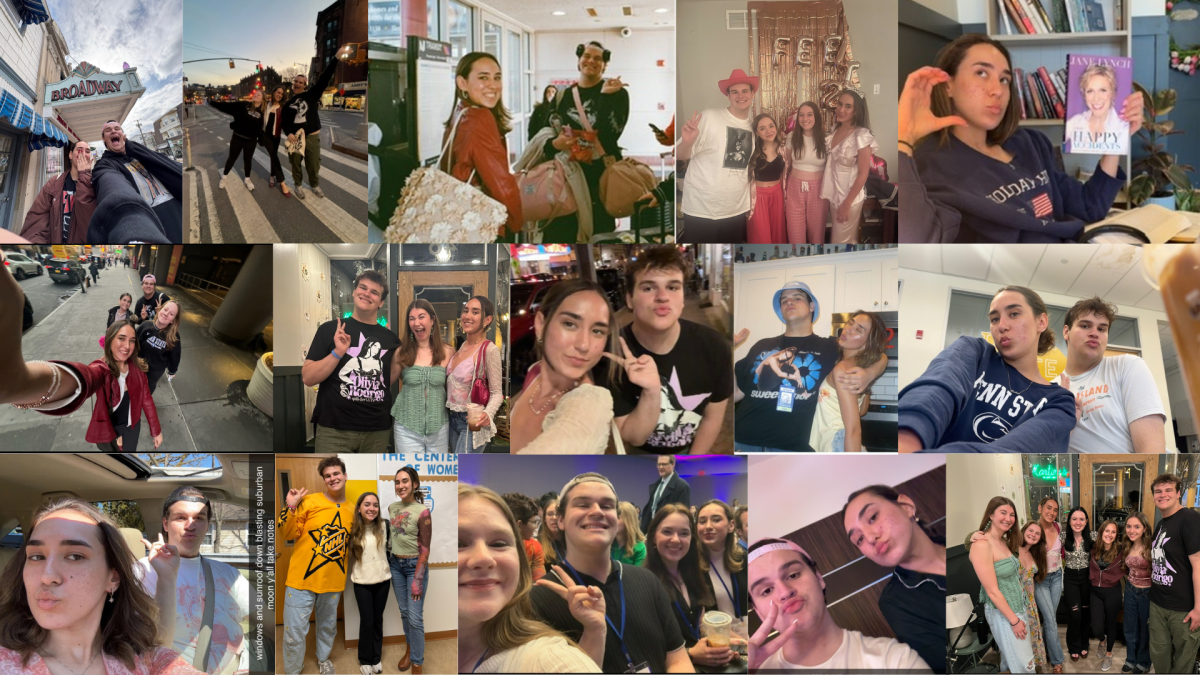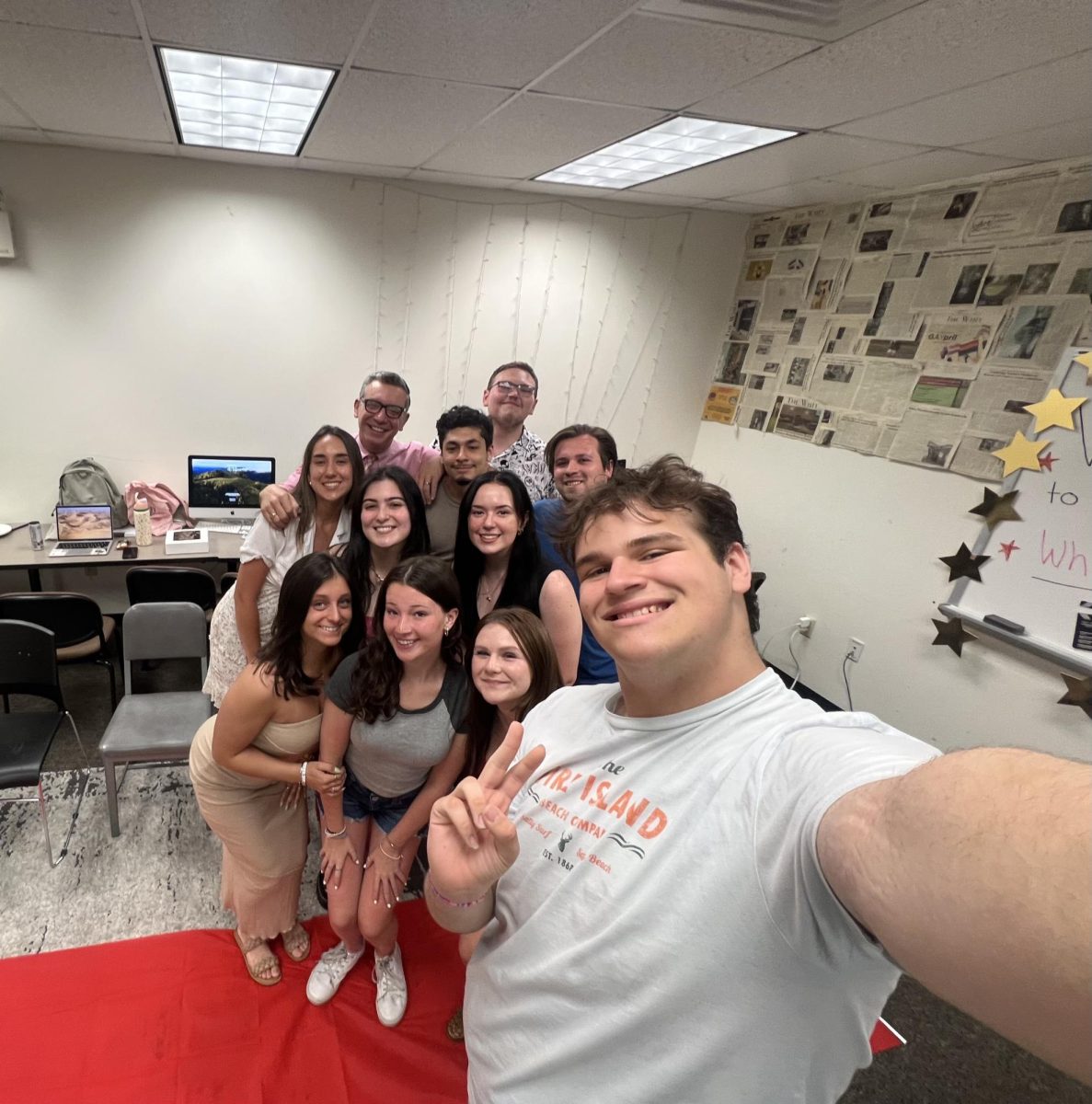It’s no big surprise that bias is a part of life. We all filter life through the body, brain and eyes we’re trapped (or privileged, for the optimists) within.
The elements we allow into our little worlds then shape it. For instance, the news sites and editorials from which we obtain our information can greatly shape our outlook on the world.
This is especially prevalent in our modern world, where news has become extremely tailored toward certain demographics of the population.
Cognitive dissonance is the term for the mental discomfort we feel when presented with information that contrasts with our current beliefs, since we can’t logically hold two opposing ideas at the same time.
Organizations like CNN and Fox News know this about their viewers. A Pew Research Center analysis found that CNN’s audience leans mostly toward the liberal side of the spectrum, with conservatives fairly underrepresented among their viewers. Fox News, meanwhile, has an almost inverse result, with the audience leaning much more conservatively. A paper titled “Political Discourse on Social Media,” lead author Kiran Garimella, found that three to eight percent of Fox News viewers were convinced to vote Republican solely because of the station’s coverage.
This partisan news conundrum raises an interesting chicken-or-the-egg debate: Are viewers drawn to sources that tell them what they want to hear, or do sources influence their viewers immensely? The answer likely lies somewhere in the middle.
It’s important to remember that many news sources play the political game and tailor their coverage to appeal to their target demographic. Completely objective news is nearly impossible, so it’s important to diversify sources. This could mean reading more neutral publications, like The New York Times and Wall Street Journal, while also getting more biased, sensationalized view points from sites like CNN, Fox News, MSNBC and the like.
Social media plays a role now, too. Sites like Facebook and Twitter use algorithms to show us what they think we want to see. This can trap us in an echo chamber, continually showing the same kinds of posts. Social media sites act as gatekeepers and purveyors of much information now, making up a large part of the agenda-setting done by traditional media.
Let’s say you click on a certain Facebook user’s page because you like a post of theirs. Algorithms can take this into account, thus prioritizing this user and making it more likely that he or she will be shown again.
Twitter acts similarly, suggesting users based on who you already follow. If we don’t pay attention and intentionally step outside of the algorithmic prison of like-minded information, our view of the world can easily become distorted.
Being aware that media organizations and social media sites filter information to us based on what they think we want to see is the first step in breaking free of the echo chamber. Broadening our information sources and purposely getting different perspectives from the one we’re comfortable with helps us to become better consumers of information in the digital age.
Maybe more importantly, it can help close the widening gap between a divided country.
For questions/comments about this column, email [email protected] or tweet @TheWhitOnline.

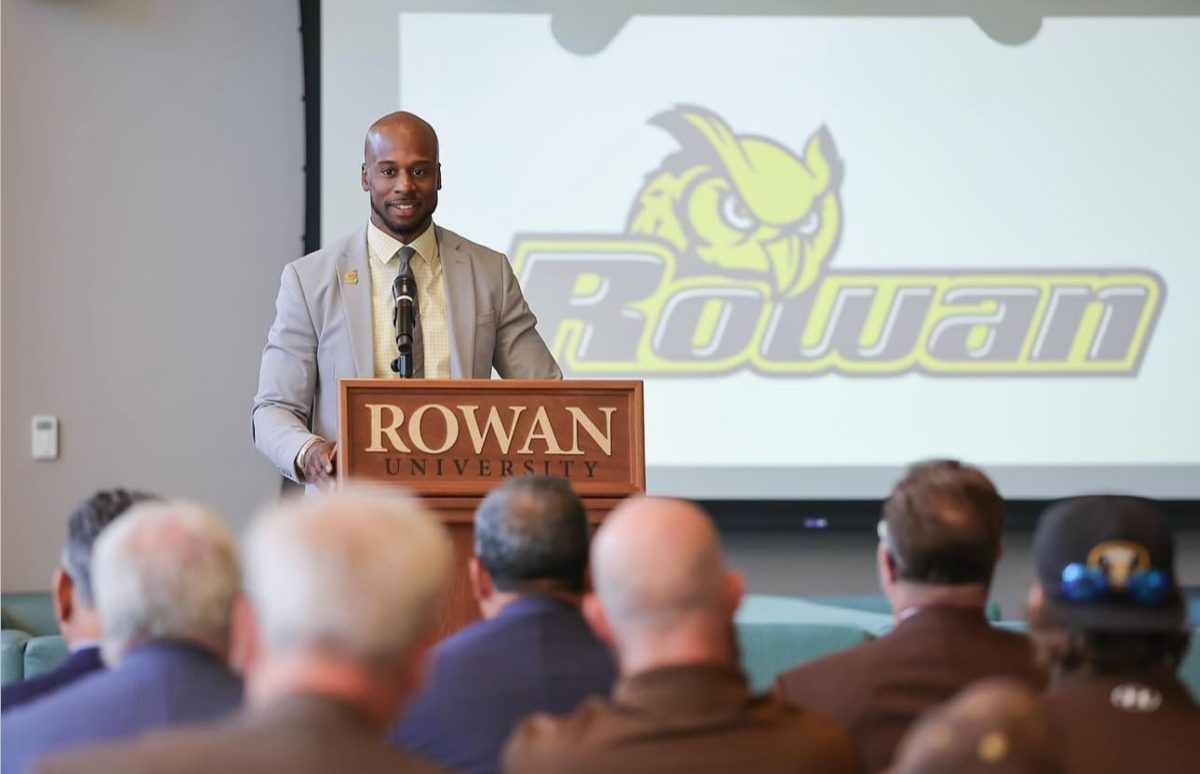

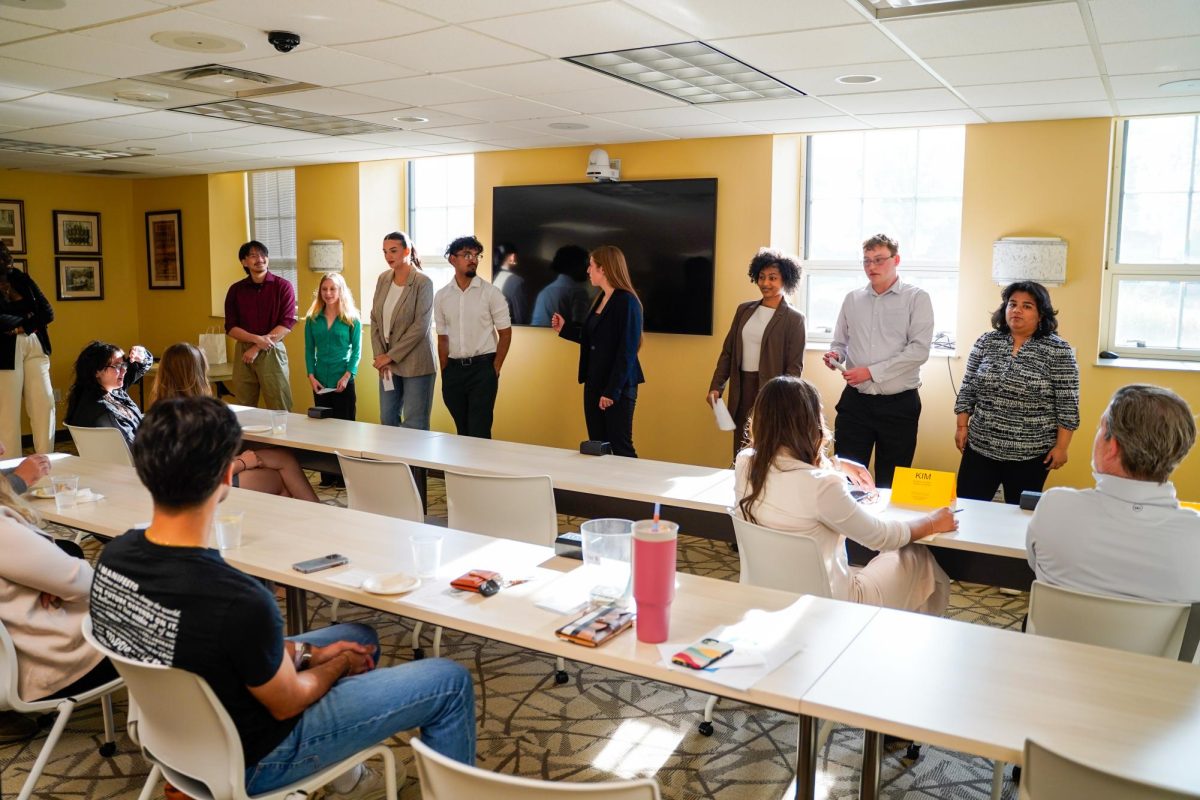
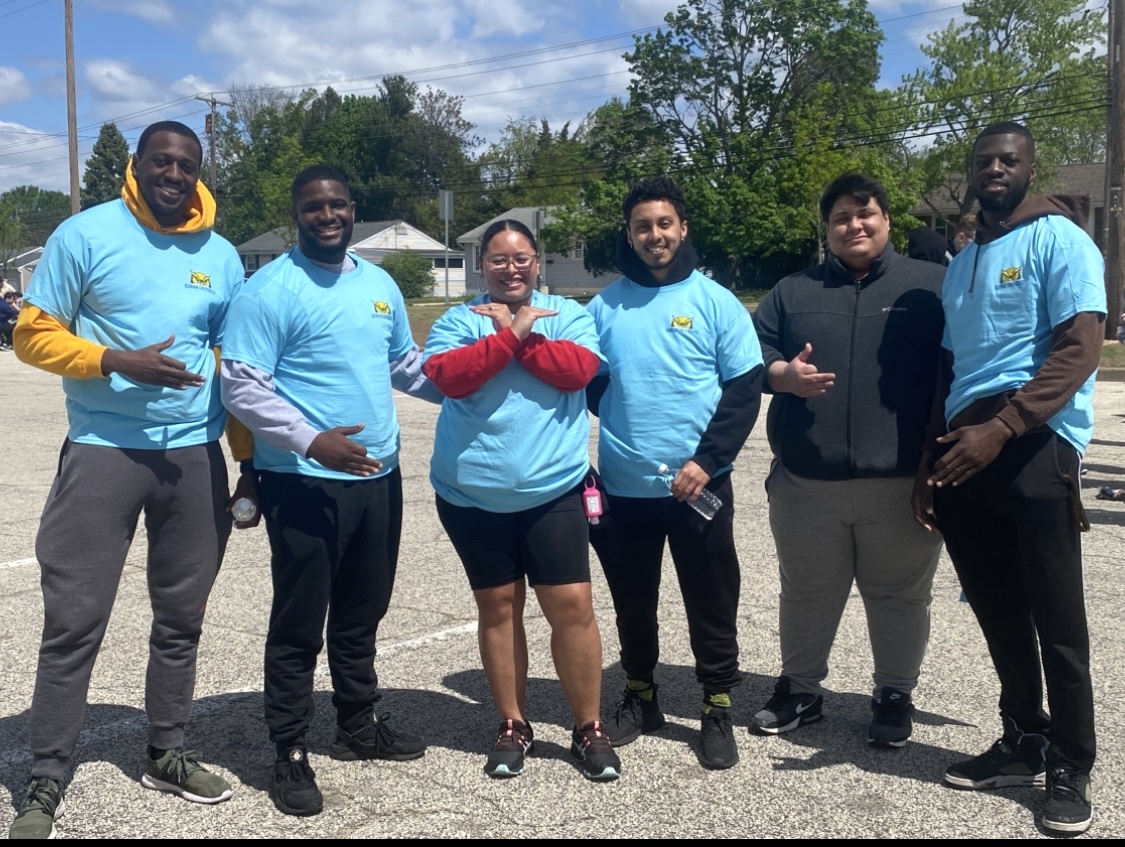


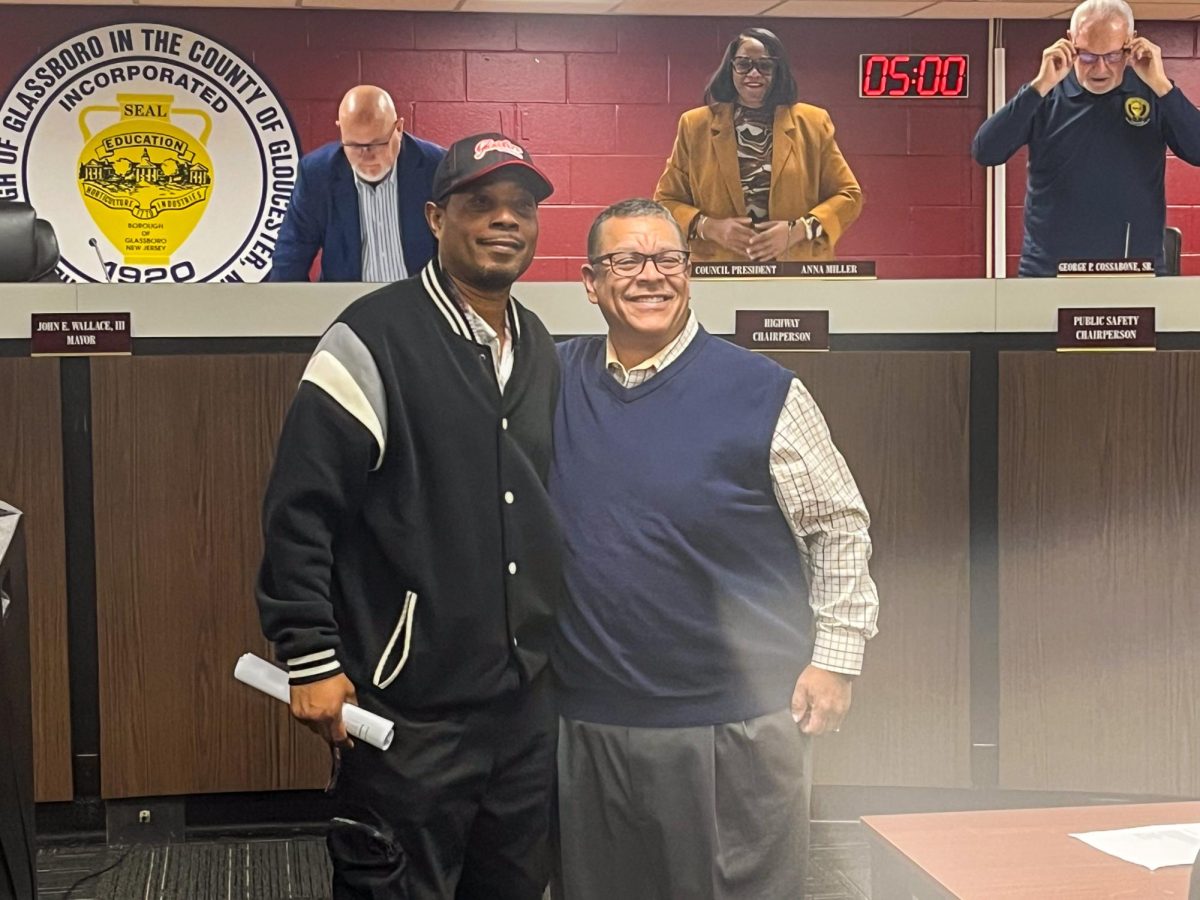






















































































































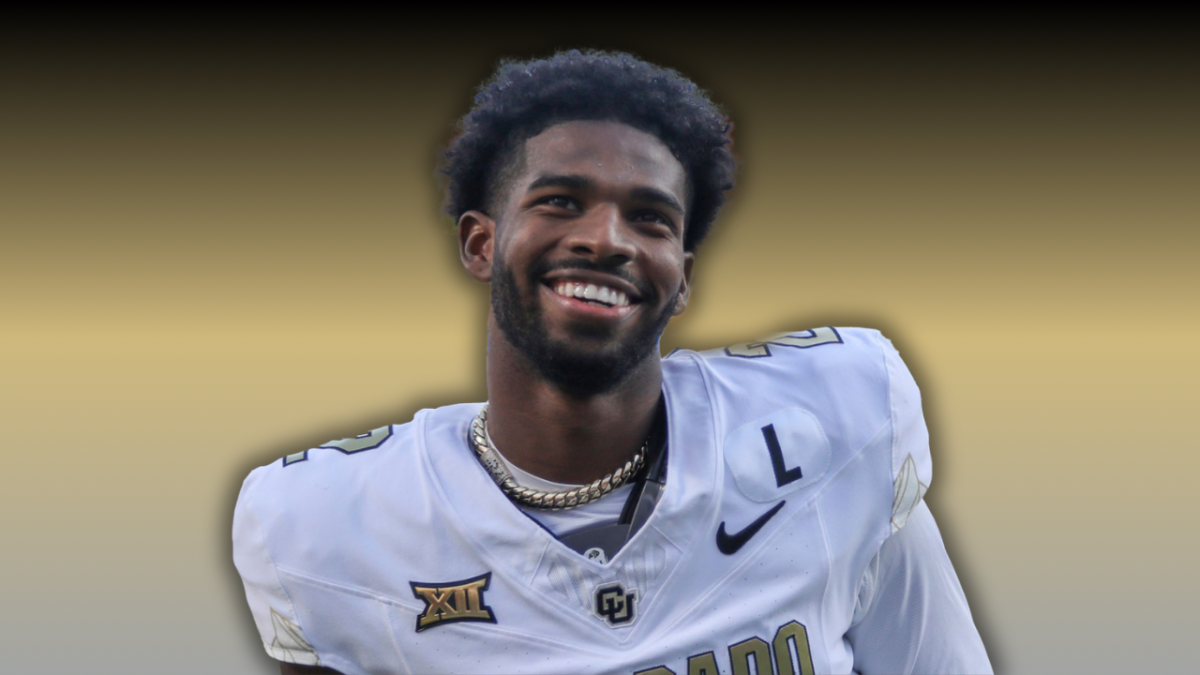

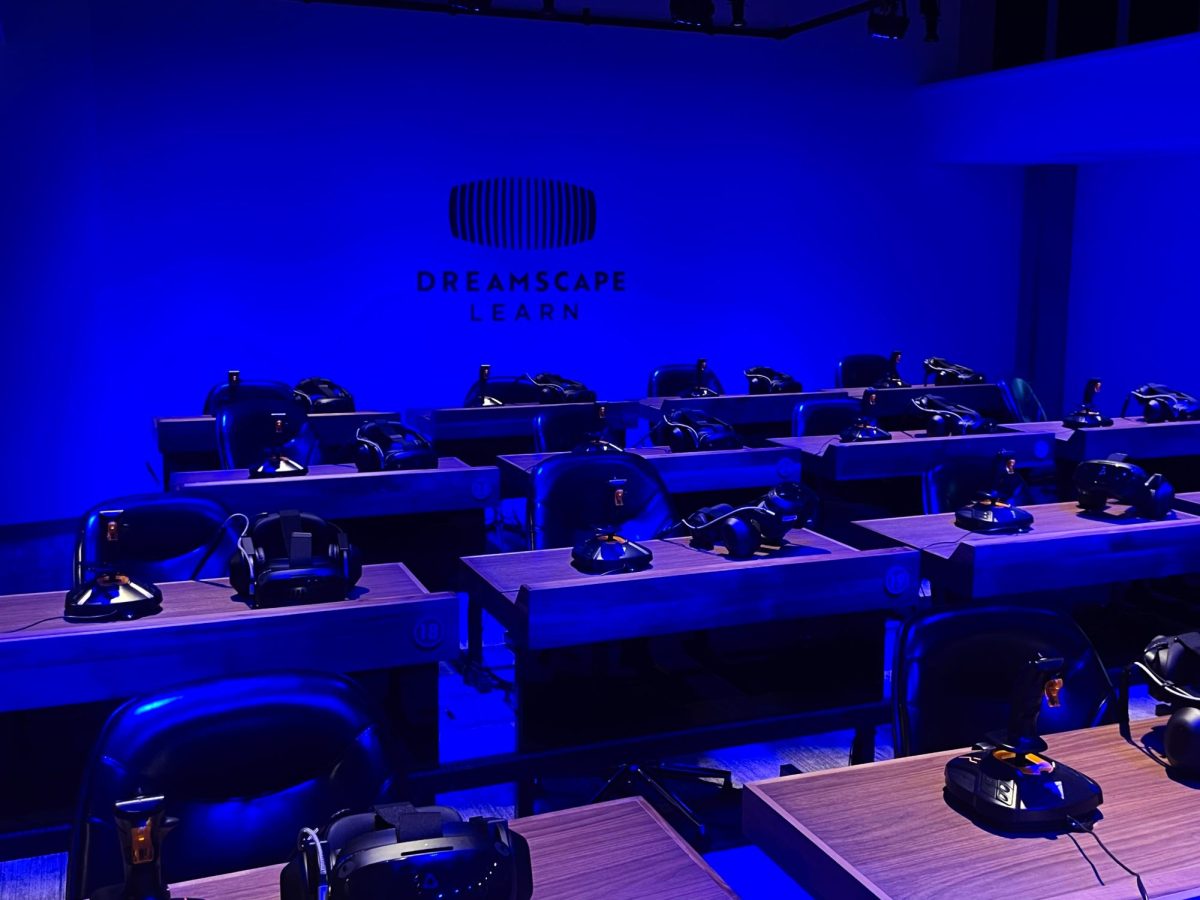
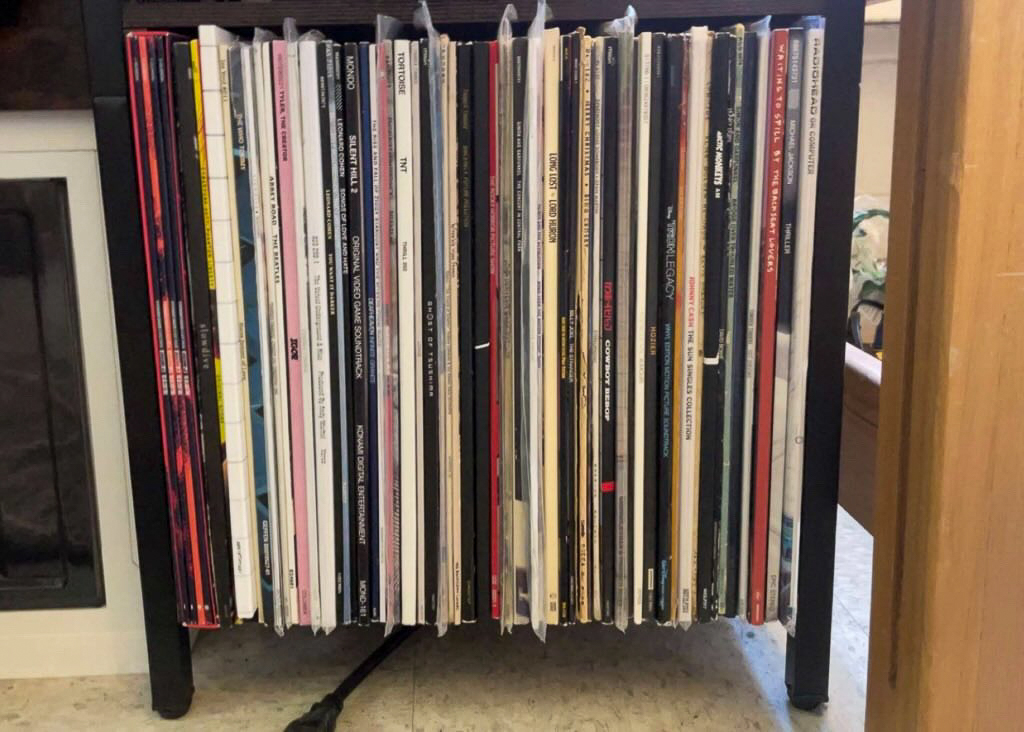
















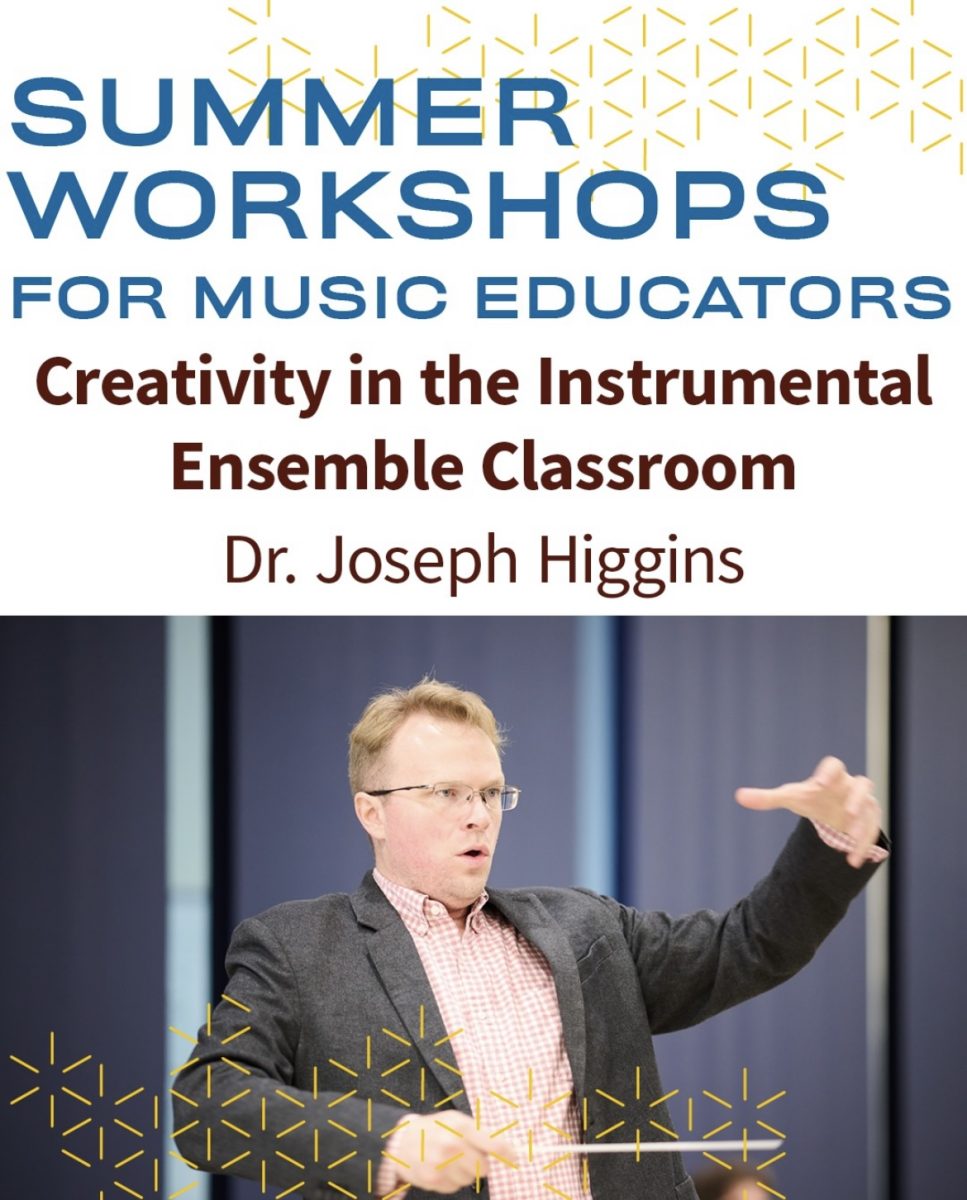






!["Working with [Dr. Lynch] is always a learning experience for me. She is a treasure,” said Thomas. - Staff Writer / Kacie Scibilia](https://thewhitonline.com/wp-content/uploads/2025/04/choir-1-1200x694.jpg)

















